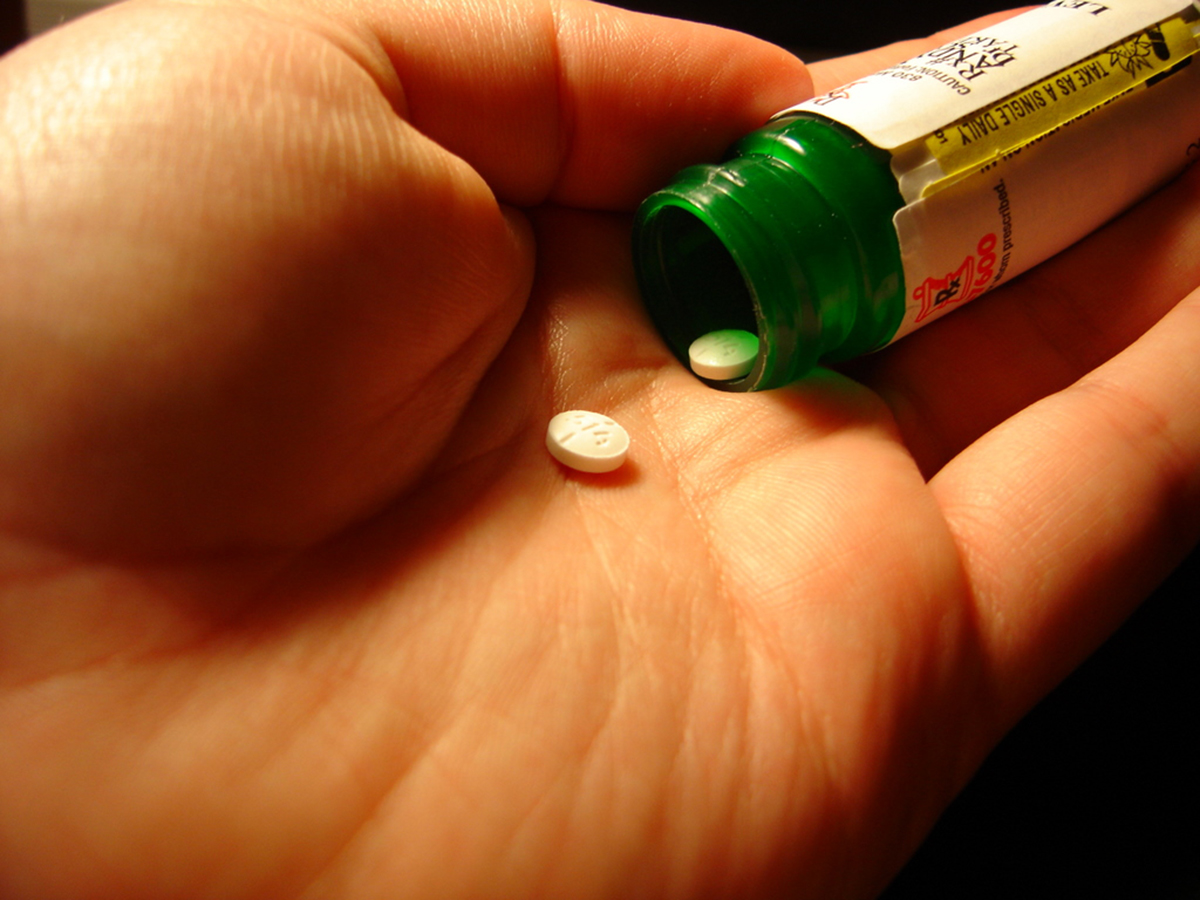Table of Contents
The first antibiotics
The French bacteriologist Jean Paul Vuillemin introduced the term antibiosis as a way to define the interaction between bacteria and organism which produced antibacterial products. Louis Pasteur and Robert Koch first described antibiosis in 1877 when they noted that airborne bacilli would suppress the growth of Bacillus anthracis (anthrax).
It wasn't until 1932 though that the first antibacterial sulphur based product, Prontosil, became commercially available. In 1939 the first naturally derived antibacterial product, tyrothricin, became available but was discontinued as it caused toxic effects in the human body. In 1942 the first purified penicillin, called penicillin G (PenG), was produced and became available to the Allied military forces in World War 2. By 1945 the antibiotic was available to the public as well.

Where to from here?
The fluoroquinolones were the last broad spectrum antibiotics discovered and they introduced in 1961 with resistance to them already noted in 1968. The last antibiotics to be discovered were the dairylquinolones in 1997 and since then no new antibiotics had been found.
Currently there are a few antibiotics awaiting phase 2 and 3 research to be concluded on them but they are combinations of drugs which already exist. They are aimed at managing Gram-negative bacilli (GNB) rather than being available for broad spectrum antibacterial activity.
READ New NDM-1 Superbug Gene Resistant to Even the Most Powerful Antibiotics
Nanotechnology regarding antibacterial activity is a very exciting concept where microscopic nanobots are introduced to the infected individual, and these bots then isolate pathological bacteria and destroy them through various mechanisms. These can include cell wall disruption, negatively affecting their enzymatic processes, protein denaturation, mitochondrial damage and DNA damage. Nanotechnology can also be used to make products which can coat instruments and medical devices to protect them from getting infected with pathological bacteria.
- Photo courtesy of TheGloblaPanorama: www.flickr.com/photos/121483302@N02/14200527505
- Photo courtesy of TheGloblaPanorama: www.flickr.com/photos/121483302@N02/14200527505
- Photo courtesy of https://www.flickr.com/photos/trekkyandy/309494981/


Your thoughts on this